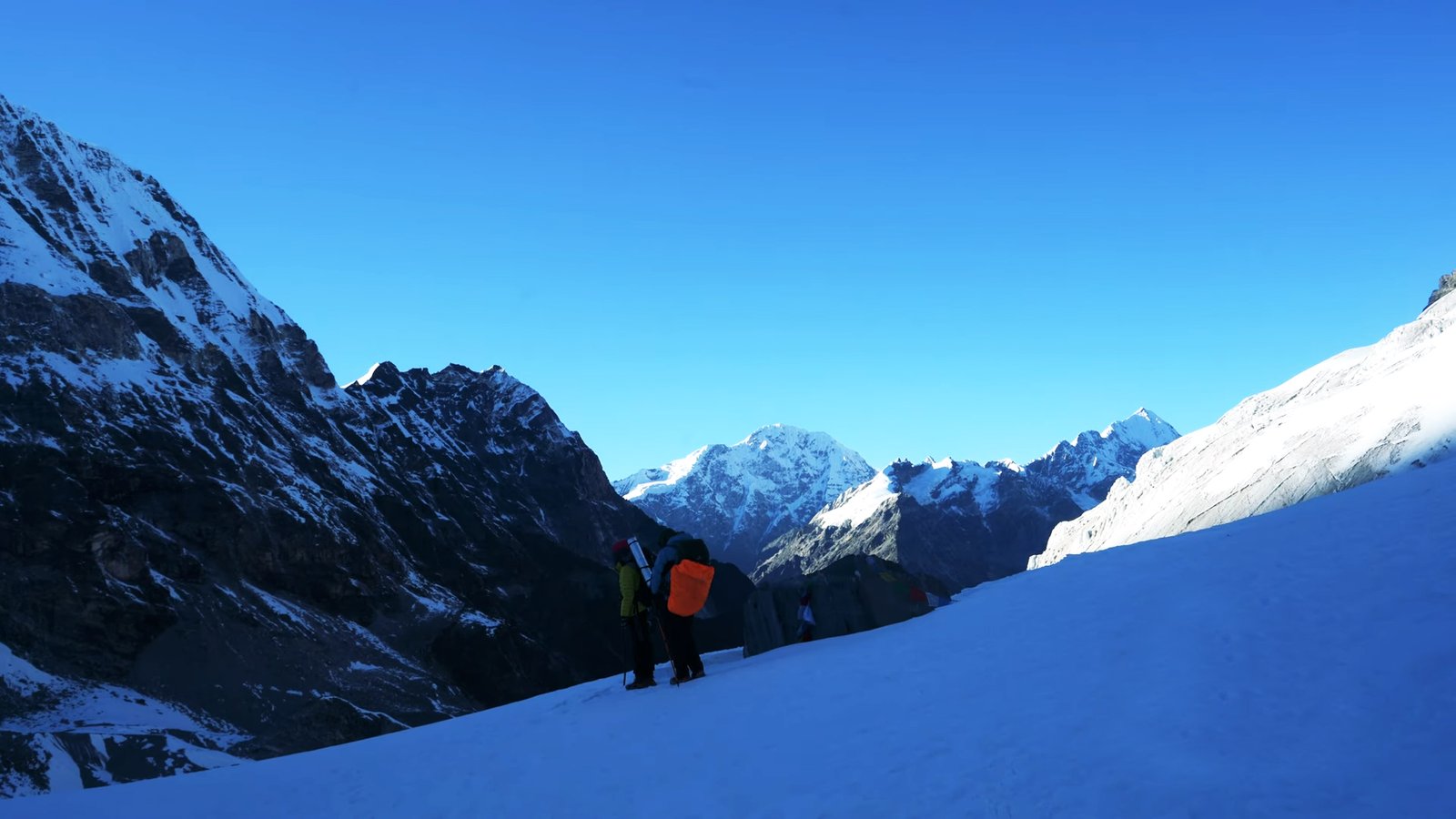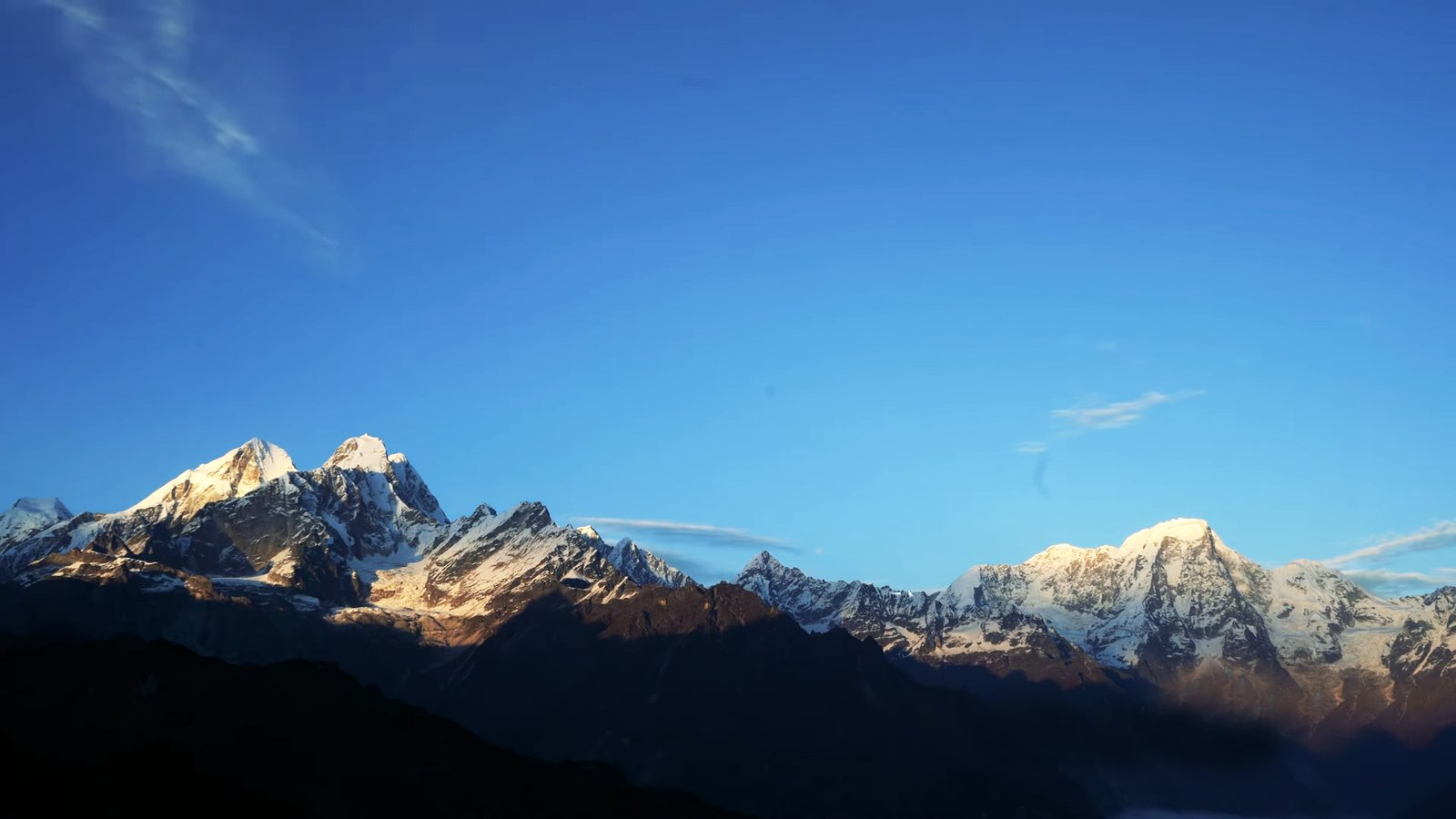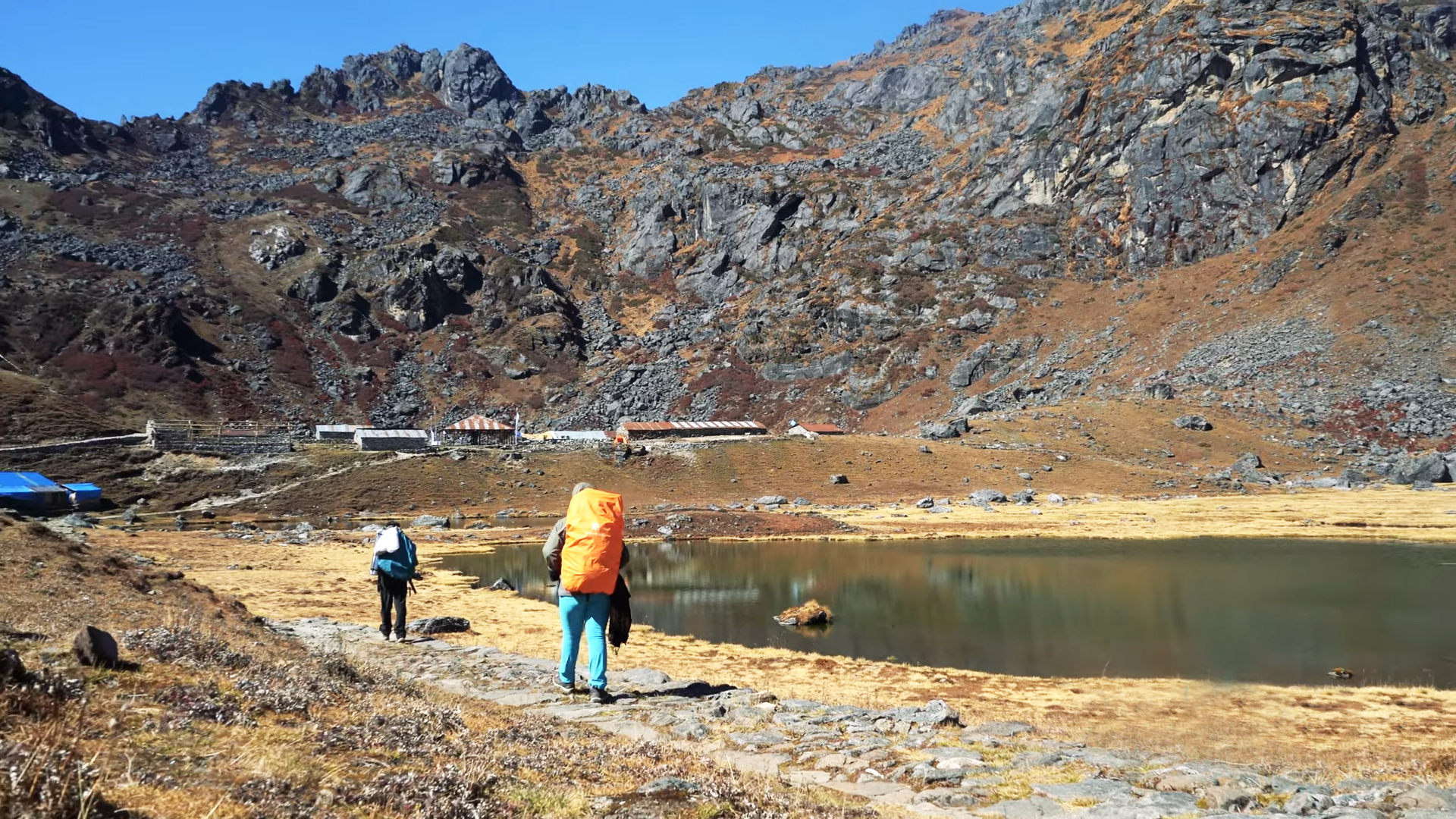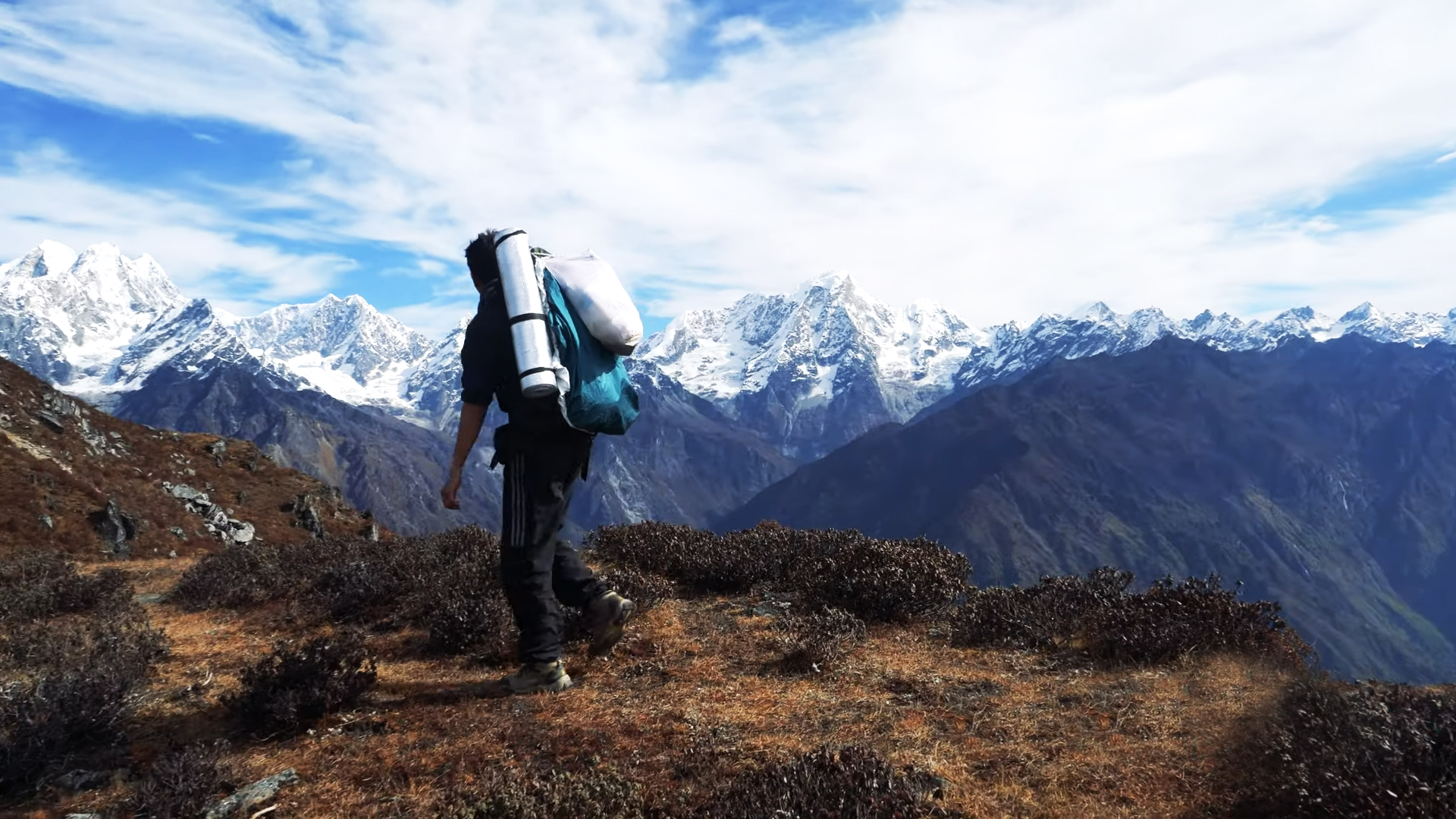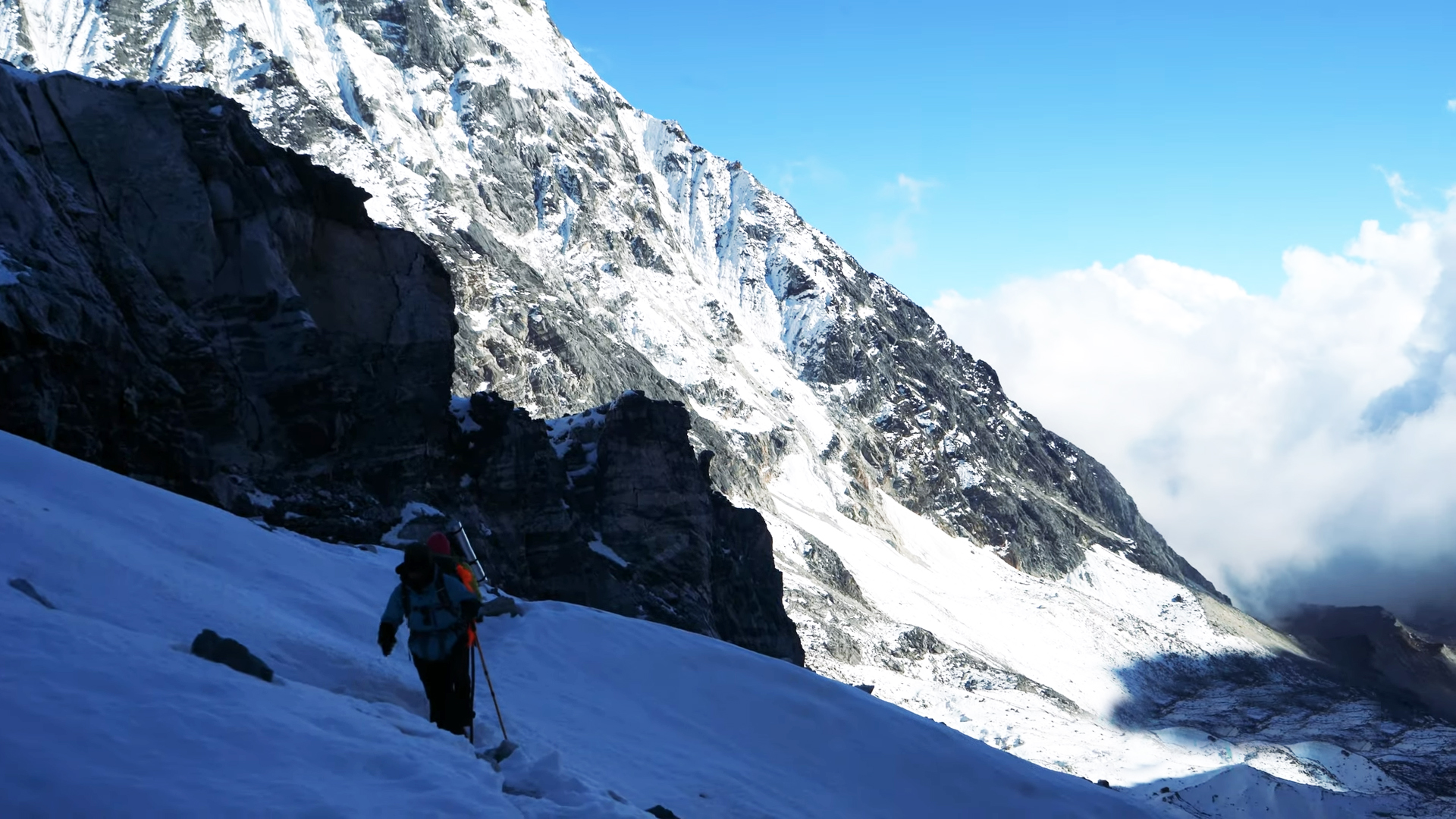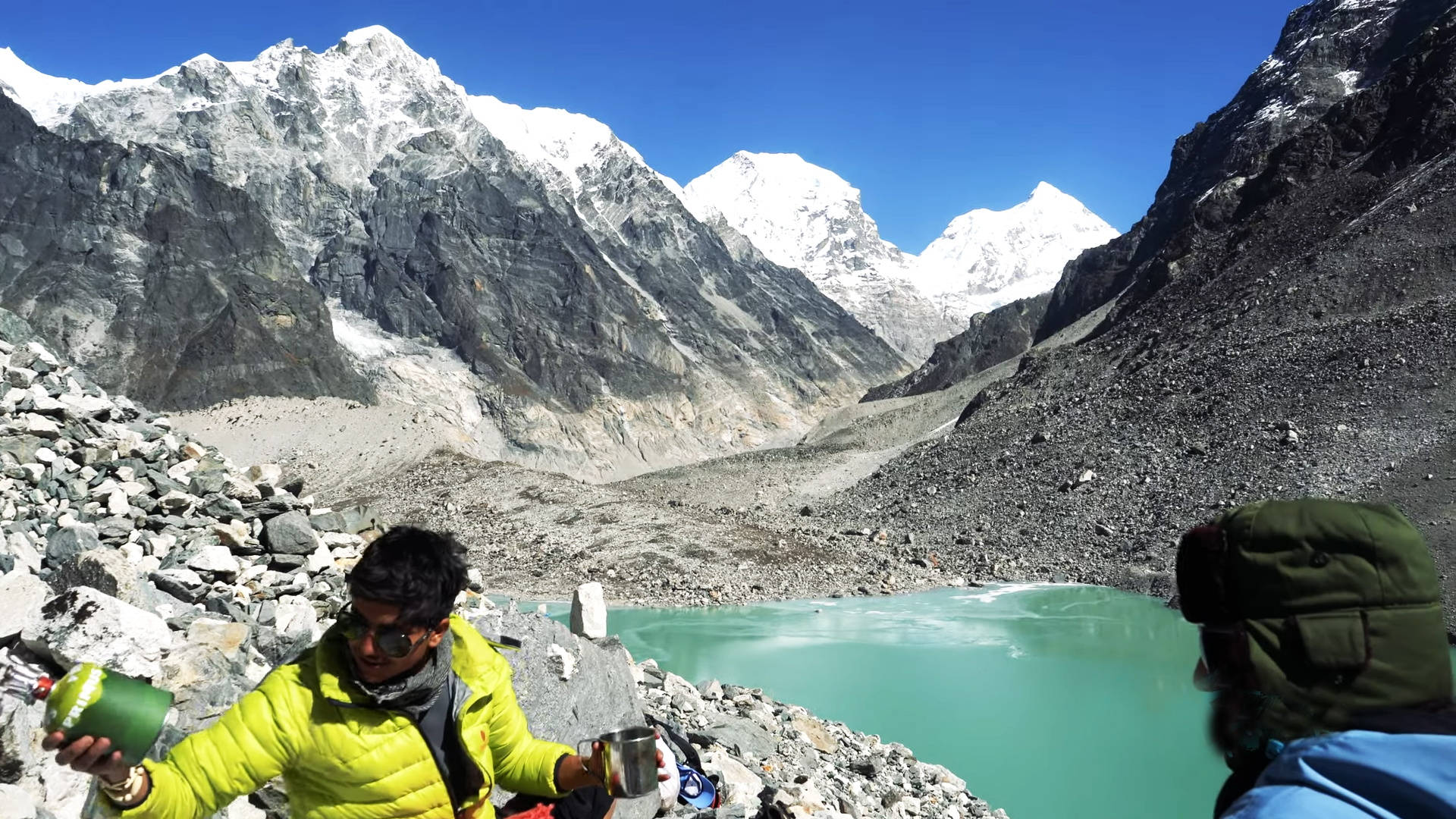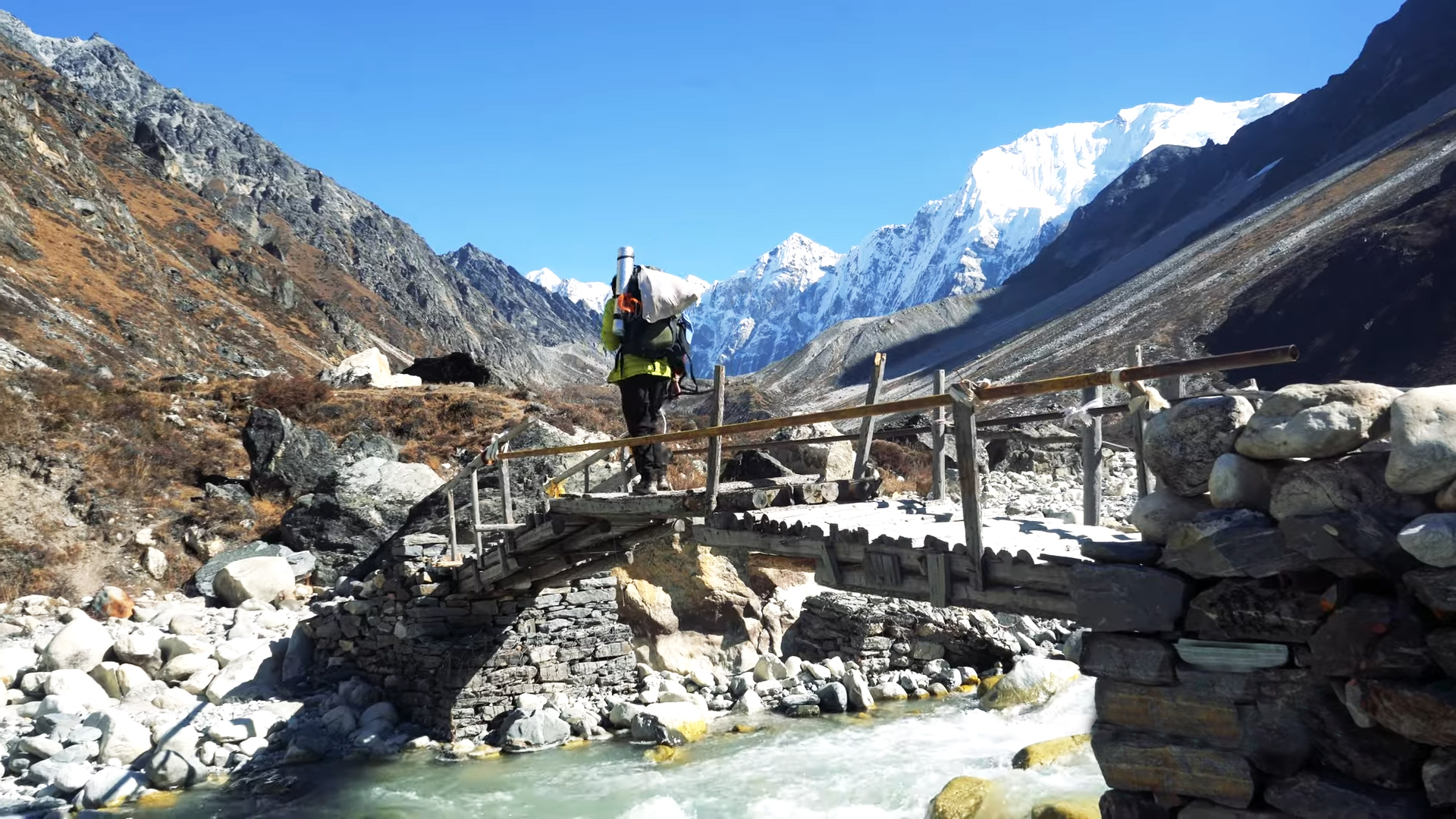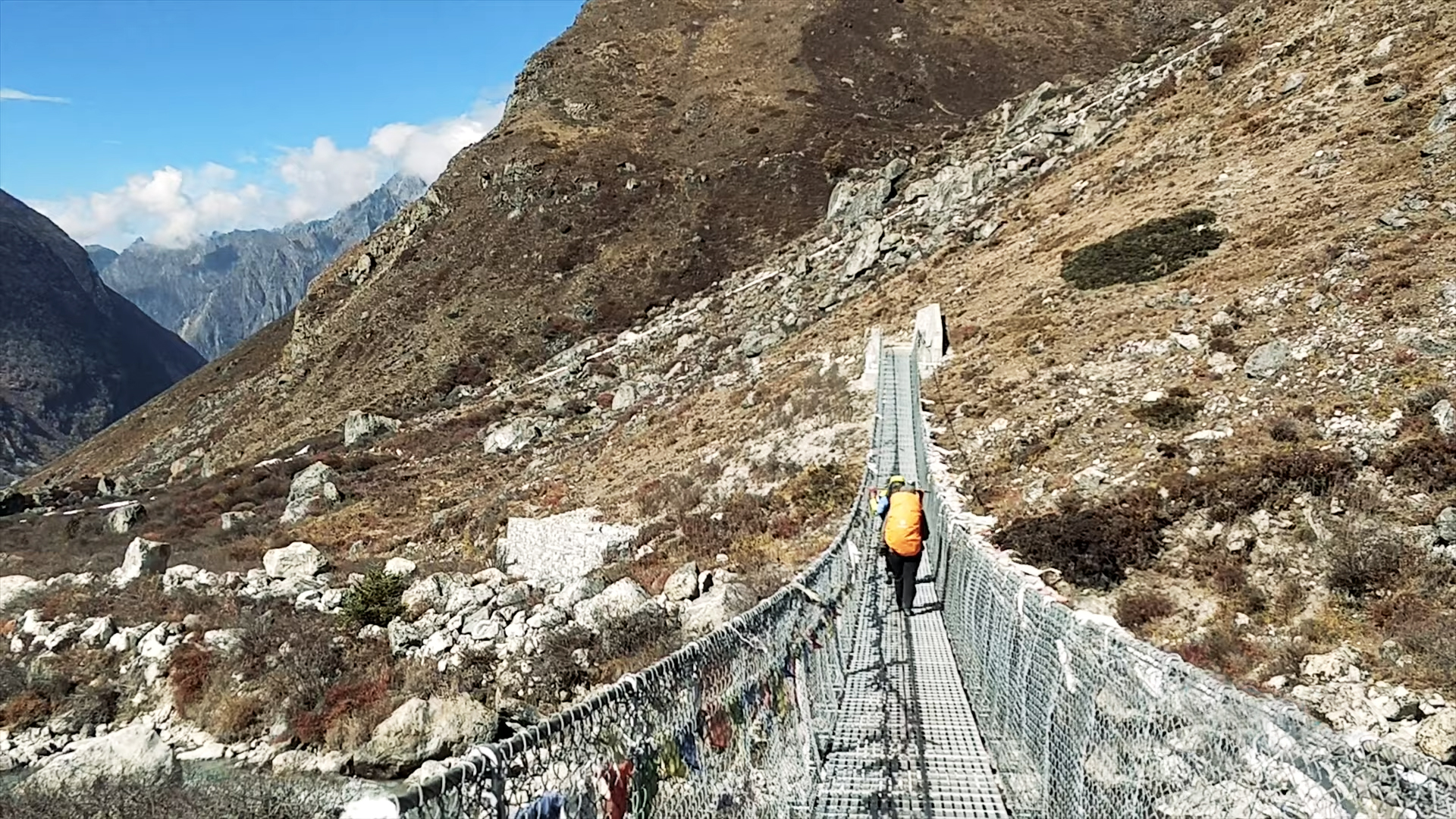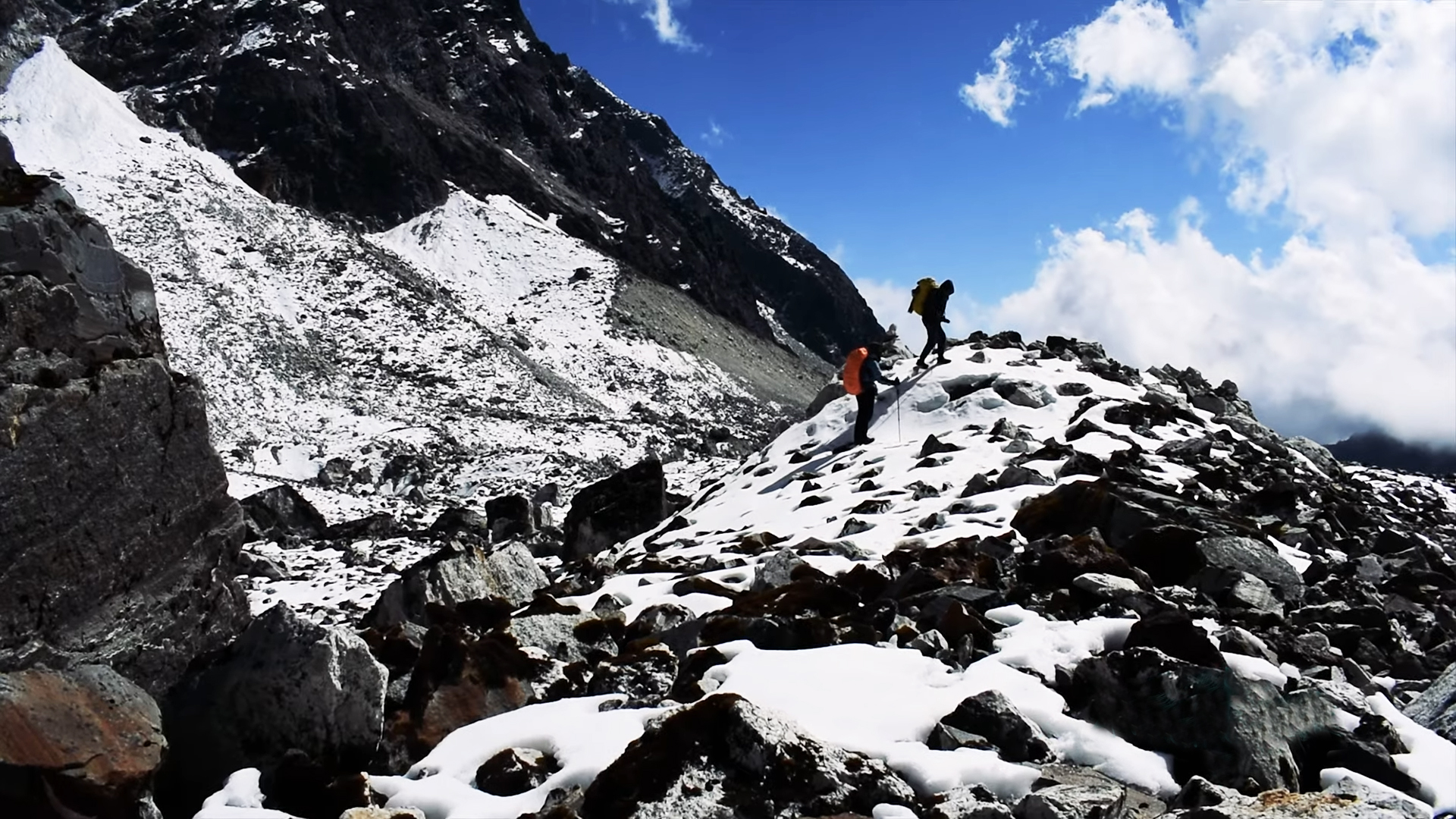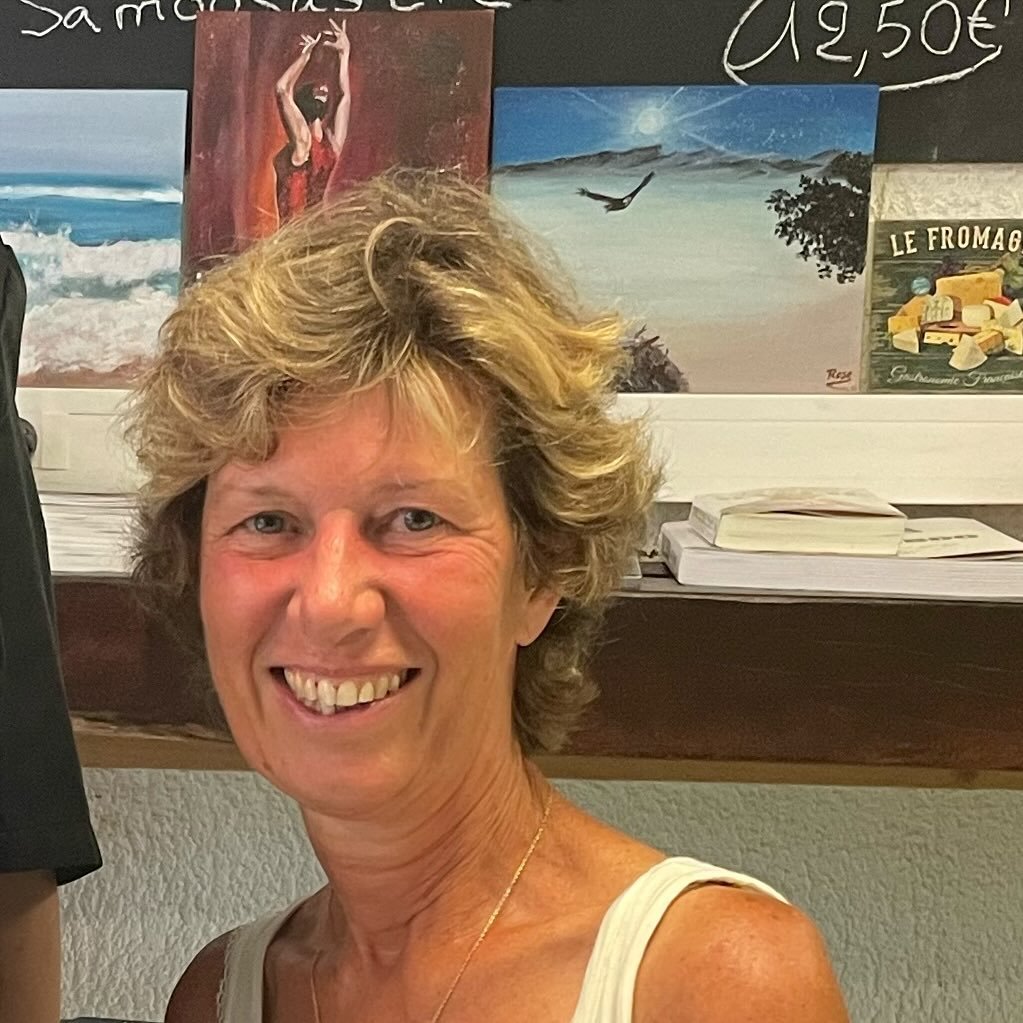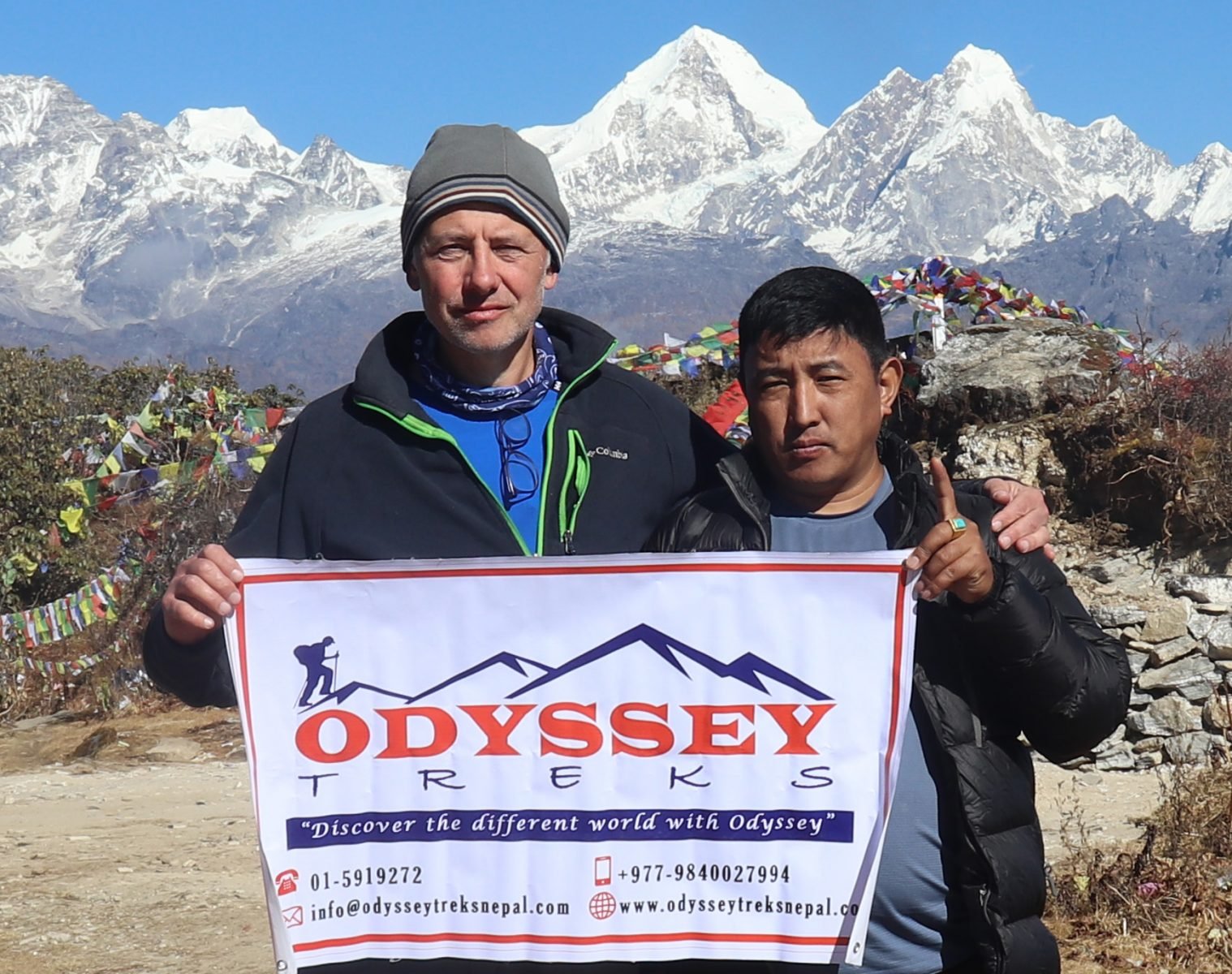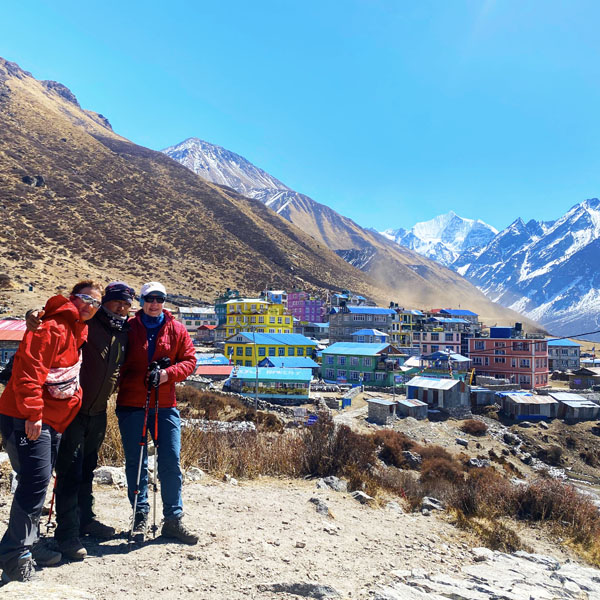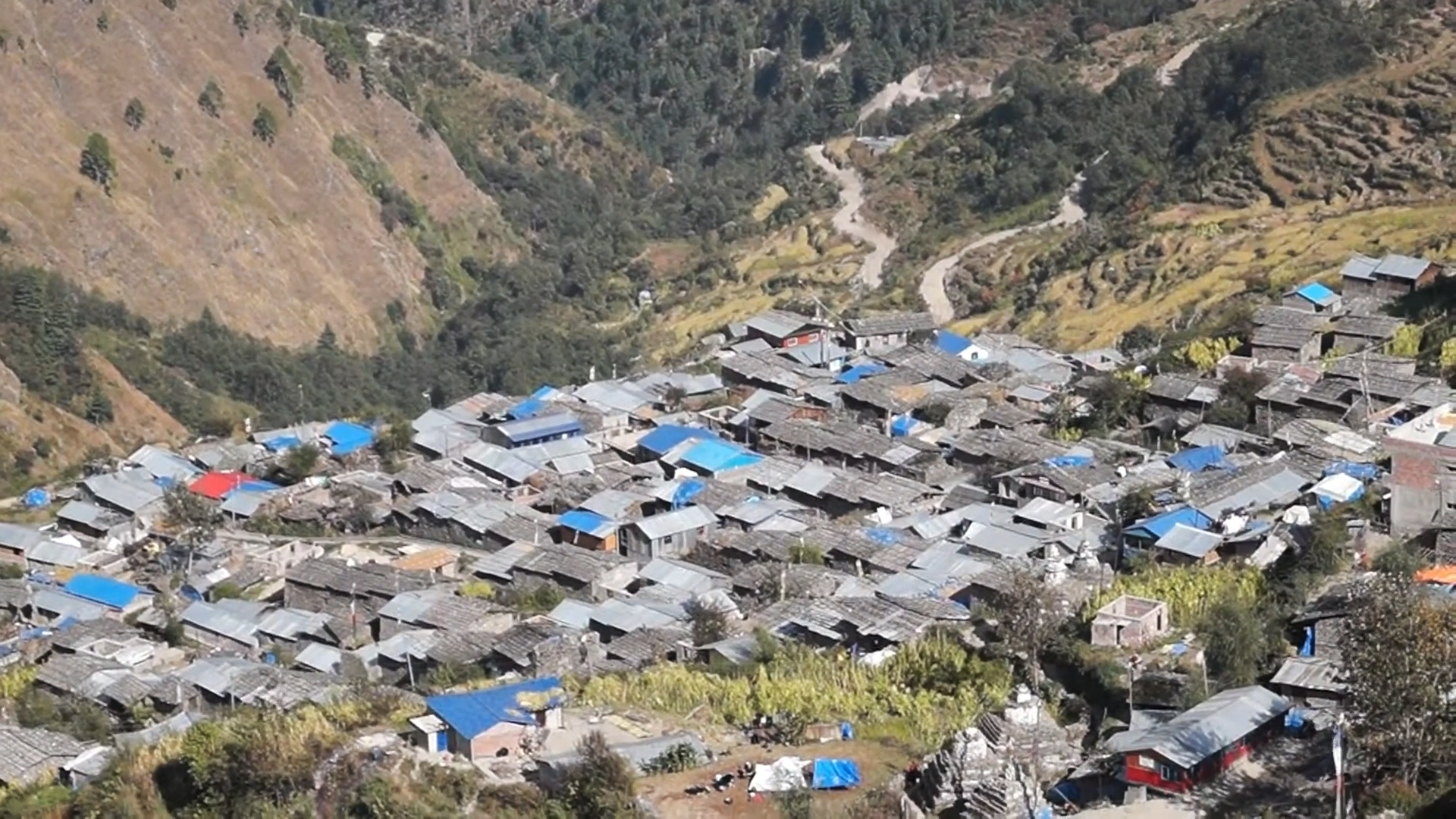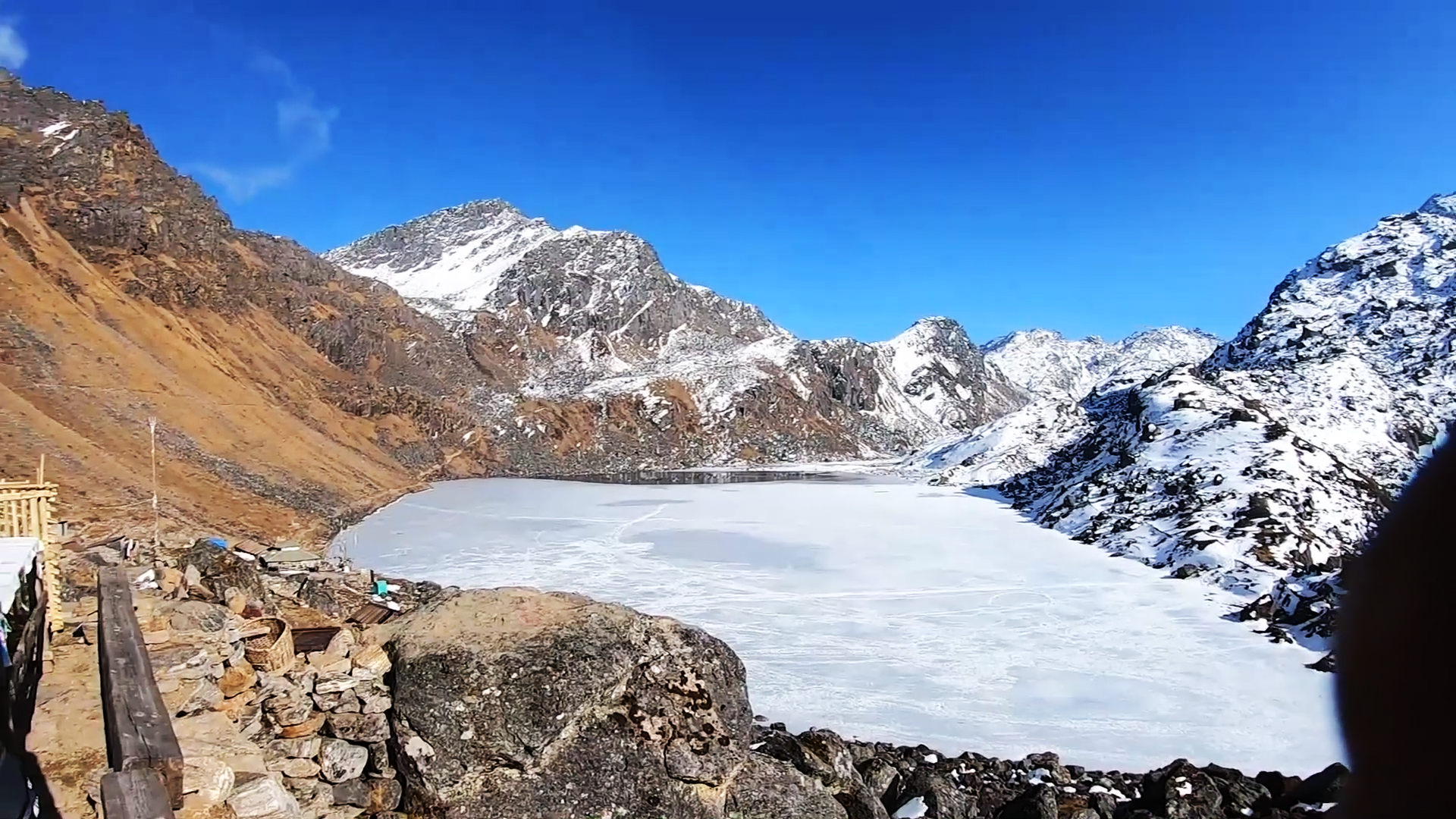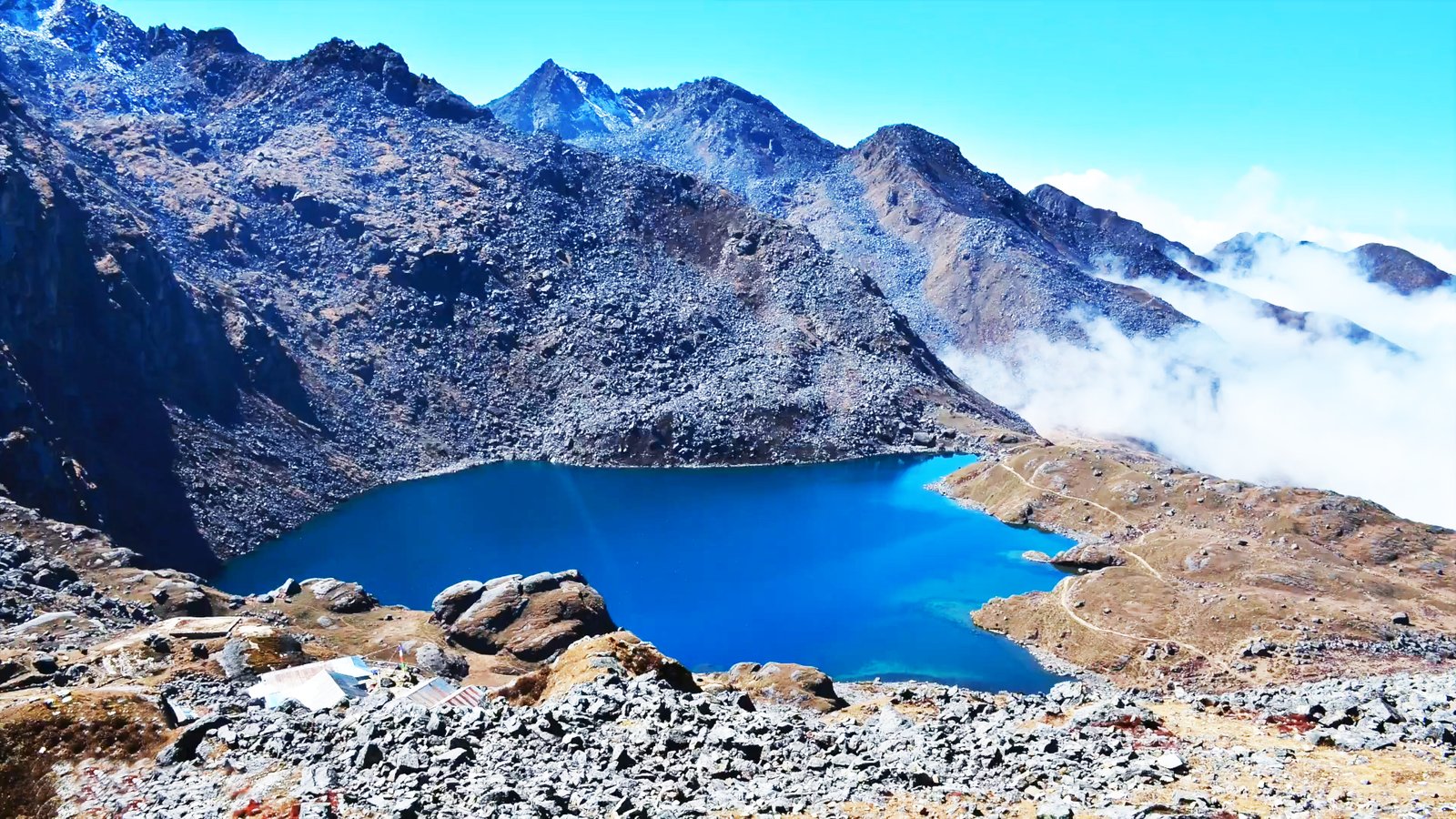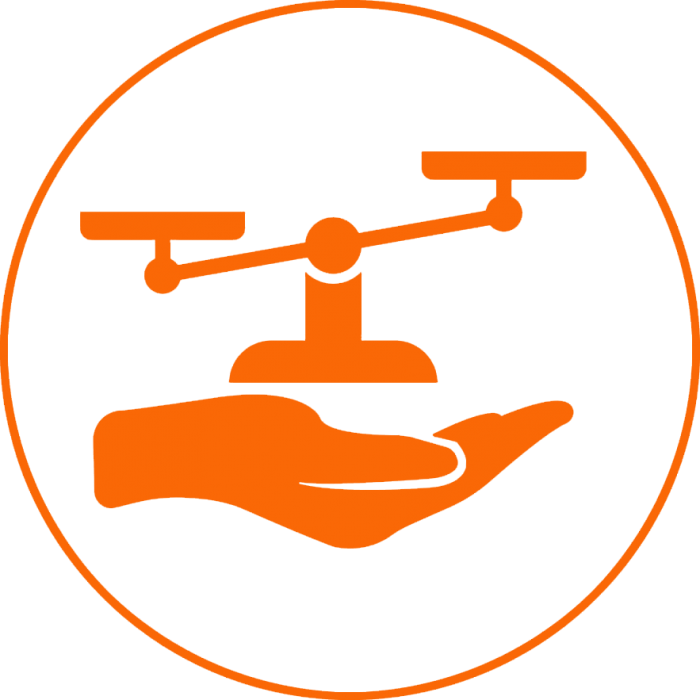Trip Overview
Introduction to Langtang Tilman Pass Trek
The Langtang Tilman Pass Trek is one of the most challenging treks in the Langtang region. This trek is moderate to strenuous. The trekking trail will take you to the highest and most difficult passes in the Langtang area. This trek takes you to the core of the tropical Himalayan paths and offers the best Himalayan views of the Langtang area.
The Langtang Tilman Pass Trek includes the Panch Pokhari (Five Sacred Lakes). From there, you can see panoramic Himalayan views of Langtang Lirung, Naya Khanga, Langtang Himal, Yala Peak, Langshisa, Gaurishanker, Ganesh Himal, Dorjelakpa, etc. When you walk in the green forest with rhododendron flowers and pine trees, you will get the chance to see wild animals and birds like Mountain Thar, bears, leopards, jackals, monkeys, wild boars, and peacocks.
You may visit: Mera & Island Peak Climbing in 19 days; Cost, Itinerary, Climbing Distance
Start your trek in the Langtang region
After an 8-hour drive from Kathmandu, you reach Syabrubesi, from where the trek starts. This route leads to the beautiful valley of the Bambo Lama Hotel, Langtang Village, Kanjin Gompa, Langsisha Khara, Moraine, Tilman Pass Base Camp, Tinpokhari, and finally to Panch Pokhari. A cheese factory and a 400-year-old Buddhist monastery are other attractions of this trekking.
Langtang Tilman Pass Trek is located at an altitude of 5,320 meters. This pass is located near the border of Tibet and Nepal in the Upper Langtang area. The Tilman Pass trek offers an opportunity to explore the lifestyle of high Himalayan rural people, their culture, and different Himalayan views.
Due to the difficult trip, good physical fitness and a minimum of three weeks’ holidays are required for the trek. Generally, the autumn and spring seasons are the best times for the trek. But we arrange it according to the trekker’s wishes and holiday schedule.
You may like to visit: Island Peak Climbing in Nepal, 13 Days, Itinerary, Cost, Distance
Trip Itinerary
Drive Kathmandu to Syabrubesi (1,550 m) – 8 to 9 hours.
Syabrubesi to Lama Hotel (2,480 m) – 7 to 8 hours walk.
Lama Hotel to Langtang village (3,541 m) – 6 to 7 hours walk.
Langtang to Kyanjin Gompa (3,900 m) – 4 to 5 hours walk.
Day hike and back to Kyanjin Gompa.
Kyanjin Gompa to Langshisa Kharka (4,100 m) – 5 to 6 hours walk.
Langshisa Kharka to Moraine Camp (4,650 m) – 5 to 6 hours walk.
Moraine camp to Tilman base camp via Tilman pass (5,320 m) – 6 to 7 hours walk.
Tilman base camp to Tinpokhari (Three lakes) (3,735 m) – 5 to 6 hours walk.
Tinpokhari to Panch Pokhari (five lakes) (4,123 m) – 6 to 7 hours walk.
Excursion around Panch Pokhari.
Panch Pokhari to Nasim Pati (3,745 m) – 4 to 5 hours walk.
Nasim Pati to Bhanjyang (3,414 m.) – 5 to 6 hours walk.
Bhanjyang to Pauwabas (3024 m) – 7 to 8 hours walk.
Pauwabas to Kharka (2,855 m) – 7 to 8 hours walk.
Kharka to Okhreni (2,043 m) – 6 to 7 hours walk.
Okhreni to Chautara (1,235 m) – 5 to 6 hours walk.
Drive Chautara to Kathmandu – 6 to 7 hours walk.
Why not list the price?
Each client's needs may be different. The price of the trip varies according to the size of your group and the service you want. The cost of the trip is calculated according to the type of service and accommodation chosen by our customers.
Each trip is customized to fit the client's needs and group size, so the price of each organized trip is different. Please let us know the service you want and the size of the group. We create trips to suit your taste and travel budget per your requirements. Hope you find our price calculation reasonable according to your needs and preferences.
Frequently asked questions about this trip
How difficult is the trek?
The difficulty depends on where and how long you want to trek. The short trek is easy while the long trek requires some physical fitness.
What is altitude sickness?
Altitude sickness is normally known as acute mountain sickness. This can happen when people rapidly climb up to an altitude of more than 3000 meters. We ensure minimal risk by adding rest to our trekking itineraries. Most people will feel some effects of altitude, some shortness of breath and possibly light headache, this is normal enough. Acute mountain sickness patients are quite different and usually have a serious headache, sickness, and lose awareness. In almost all possible cases there are sufficient warning signs to take action properly. Descending to a lower altitude is usually enough to prevent any further problems.
What type of accommodation is available during the trekking?
There are mainly tea houses and lodges available for trekking and they are usually made using local materials and are very comfortable. These accommodations are often family-run and usually provide single and double rooms. The dining room is on the ground floor and is often on fire. All food will be cooked in order in the family kitchen. Toilet facilities are sometimes separate and sometimes outside. Most lodges provide mattresses and blankets. It's a good idea to always have a sleeping bag, which can be useful, and perhaps an inflatable pillow.
How long do we walk every day on trekking?
Trekking programs are classified into three different categories: soft, moderate and hard. Soft treks are only about 7 days to 10 days in duration. They generally do not go above 4000 meters; you can expect to walk about 4-5 hours each day. Moderate treks are challenging enough and long treks that go to the high hill country. Physically exhausting, this involves trekking along the cliffs of the mountains for about 6-8 hours. Harder treks are longer treks that go farther away from the general abode of trekkers and tourists. These physically challenging treks involve walking for 7- 9 hours each day.
How much weight do I need to carry on the trek?
You carry some of your personal belongings, such as warm clothing, water, snacks, sun block, cameras and more. Generally, these items will be lightweight, from 5 to 10kg (10 to 20 pounds). Our porters are available for other heavy goods and for your information one porter would be sharing by two people. The maximum weight carried by one porter is total 20 kg. this means 10 kg. per person is allowed for the trek. In case if you wish to carry more than this weight then you need to hire additional porters.
What is the best time for trekking in Nepal?
October and November are considered as the best times for trekking in Nepal due to dry season. December and January are also considered good times for trekking but it is extremely cold at high altitudes.
Google Reviews
Guest reviews
Thank you a lot for your organization about my trek. It was a superb experience; all was perfect. Karma is a very nice person and a good guide. I appreciated trekking with Odyssey (a reliable Nepal trek operator). If I come back to Nepal, I will be happy to...
Have just returned from my fourth trip to Nepal and as always Odyssey Treks organized everything superbly. We visited Makalu relatively late in the season and were rewarded with empty trails and amazing weather. Karma was as entertaining, friendly, and informative as ever along with Ang Dawa Sherpa who...

